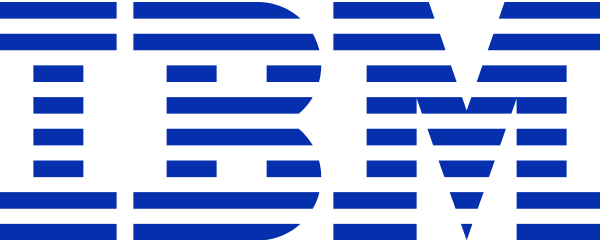Datacamp
Free Trial Available
English
Certificate Available
4 hours worth of material
selfpaced
Overview
This course focuses on feature engineering and machine learning for time series data.
Time series data is ubiquitous. Whether it be stock market fluctuations, sensor data recording climate change, or activity in the brain, any signal that changes over time can be described as a time series. Machine learning has emerged as a powerful method for leveraging complexity in data in order to generate predictions and insights into the problem one is trying to solve. This course is an intersection between these two worlds of machine learning and time series data, and covers feature engineering, spectograms, and other advanced techniques in order to classify heartbeat sounds and predict stock prices.
Time series data is ubiquitous. Whether it be stock market fluctuations, sensor data recording climate change, or activity in the brain, any signal that changes over time can be described as a time series. Machine learning has emerged as a powerful method for leveraging complexity in data in order to generate predictions and insights into the problem one is trying to solve. This course is an intersection between these two worlds of machine learning and time series data, and covers feature engineering, spectograms, and other advanced techniques in order to classify heartbeat sounds and predict stock prices.
Syllabus
Time Series and Machine Learning Primer
-This chapter is an introduction to the basics of machine learning, time series data, and the intersection between the two.
Time Series as Inputs to a Model
-The easiest way to incorporate time series into your machine learning pipeline is to use them as features in a model. This chapter covers common features that are extracted from time series in order to do machine learning.
Predicting Time Series Data
-If you want to predict patterns from data over time, there are special considerations to take in how you choose and construct your model. This chapter covers how to gain insights into the data before fitting your model, as well as best-practices in using predictive modeling for time series data.
Validating and Inspecting Time Series Models
-Once you've got a model for predicting time series data, you need to decide if it's a good or a bad model. This chapter coves the basics of generating predictions with models in order to validate them against "test" data.
-This chapter is an introduction to the basics of machine learning, time series data, and the intersection between the two.
Time Series as Inputs to a Model
-The easiest way to incorporate time series into your machine learning pipeline is to use them as features in a model. This chapter covers common features that are extracted from time series in order to do machine learning.
Predicting Time Series Data
-If you want to predict patterns from data over time, there are special considerations to take in how you choose and construct your model. This chapter covers how to gain insights into the data before fitting your model, as well as best-practices in using predictive modeling for time series data.
Validating and Inspecting Time Series Models
-Once you've got a model for predicting time series data, you need to decide if it's a good or a bad model. This chapter coves the basics of generating predictions with models in order to validate them against "test" data.
Taught by
Chris Holdgraf




